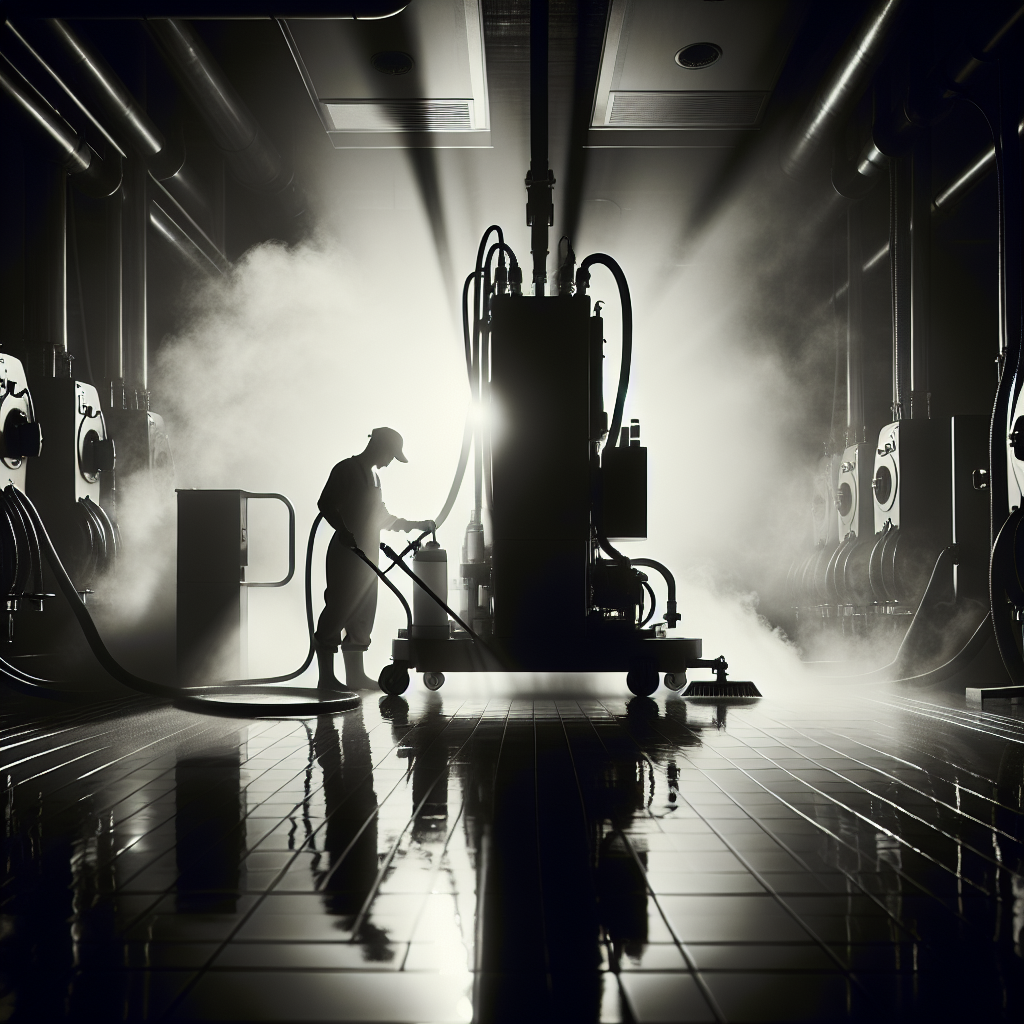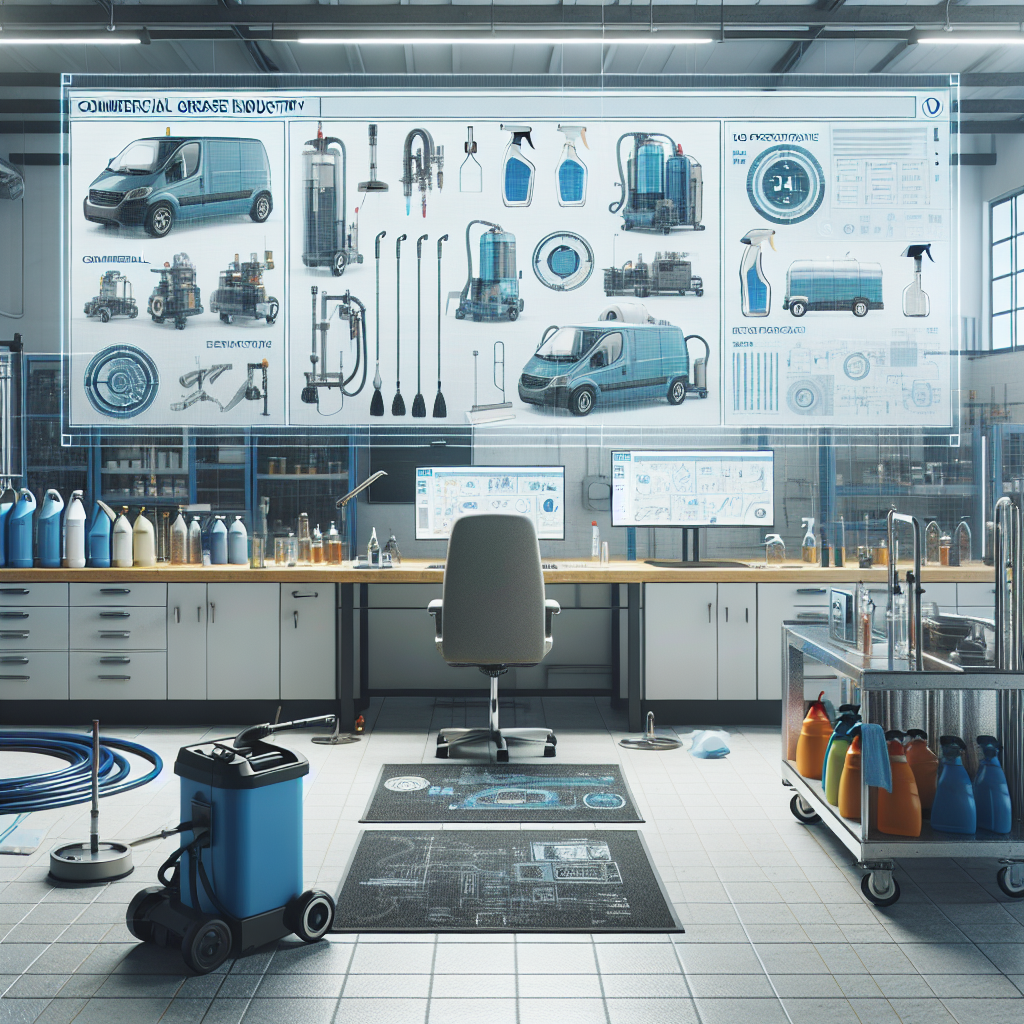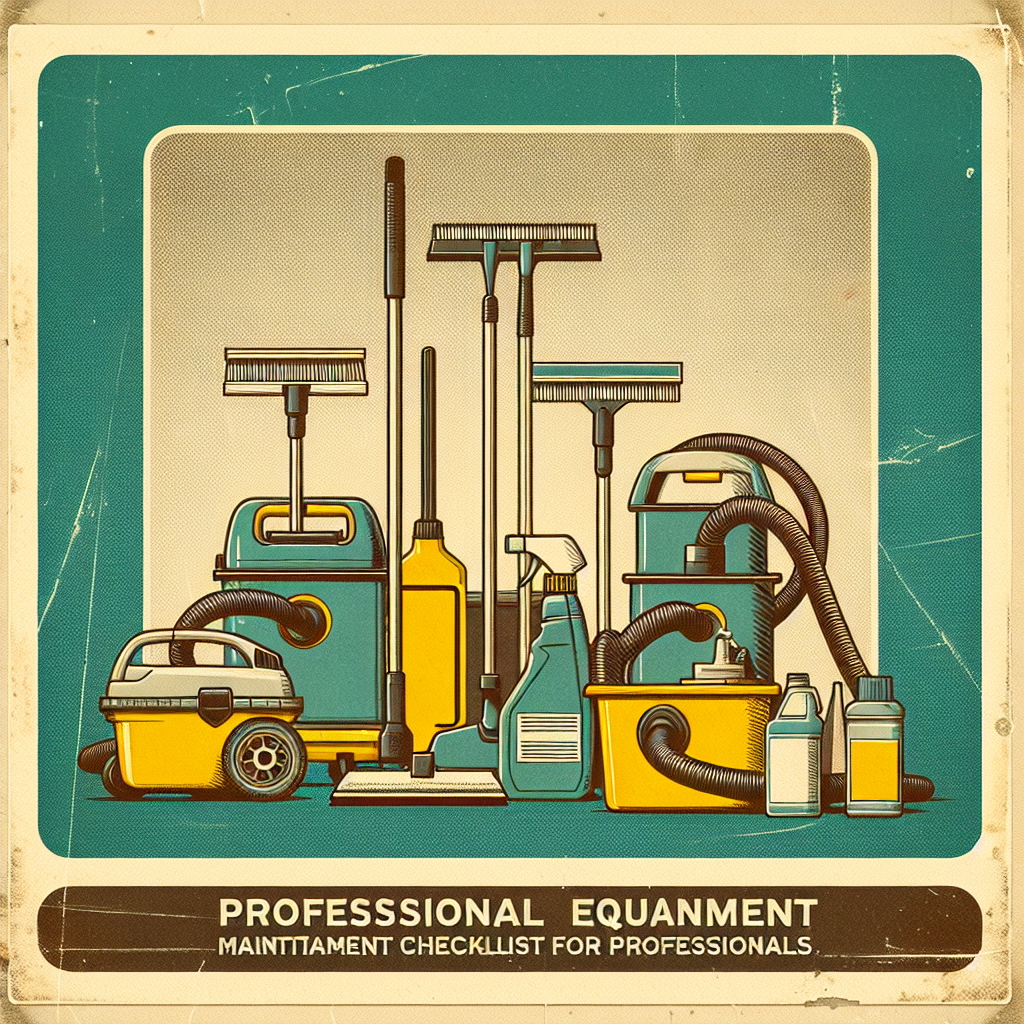Equipment breakdowns can be a nightmare for cleaning professionals in the hospitality industry. Not only do they disrupt daily operations, but they can also lead to costly repairs and replacements. Preventing equipment breakdowns is crucial for maintaining a smooth workflow and ensuring that your cleaning tasks are completed efficiently. In this comprehensive guide, we will delve into expert strategies and techniques to help you safeguard your cleaning equipment and prevent unexpected failures.
Understanding the Importance of Preventive Maintenance
Preventive maintenance is the cornerstone of equipment longevity and performance. By adhering to a regular maintenance schedule, you can identify potential issues early on and address them before they escalate into major problems. This proactive approach not only extends the lifespan of your equipment but also minimizes downtime and enhances overall productivity.
Inspecting Equipment Regularly
Regular inspections are essential for detecting wear and tear, loose components, or other signs of potential failure. Inspect all equipment thoroughly before and after each use to ensure that everything is in optimal working condition. Look for leaks, unusual noises, or any abnormalities that may indicate an underlying issue.
- Check power cords, hoses, and connections for signs of damage.
- Inspect filters, brushes, and other consumable parts for wear and tear.
- Test equipment functions to ensure proper operation.
Cleaning and Maintenance Practices
Proper cleaning and maintenance are essential for the longevity of cleaning equipment. Develop a cleaning routine for each piece of equipment to remove dirt, debris, and residues that can affect performance. Follow manufacturer guidelines for cleaning solutions, lubricants, and other maintenance tasks to avoid damaging the equipment.
Storage and Handling Procedures
How you store and handle cleaning equipment can impact its lifespan and performance. Store equipment in a clean, dry, and well-ventilated area to prevent rust, corrosion, or mold growth. Properly secure cords, hoses, and attachments to avoid tangles or damage. Handle equipment with care to prevent accidental drops or impacts that could lead to malfunctions.
- Use designated storage areas with adequate shelving or racks for different types of equipment.
- Avoid overloading storage shelves or stacking equipment in a way that can cause damage.
Training and Skill Development
Proper training is key to preventing equipment breakdowns caused by misuse or mishandling. Provide comprehensive training to cleaning staff on how to operate, clean, and maintain each piece of equipment. Emphasize safety protocols, proper handling techniques, and troubleshooting procedures to empower staff to identify and address issues promptly.
Investing in Quality Equipment
Quality equipment is less likely to experience frequent breakdowns and malfunctions. Invest in reputable brands known for their durability, performance, and reliability. While the initial cost may be higher, quality equipment pays off in the long run by reducing maintenance needs, repair costs, and downtime.
Remember, investing in quality equipment is an investment in the efficiency and effectiveness of your cleaning operations.Monitoring Equipment Performance
Regularly monitor the performance of your cleaning equipment to identify any deviations from normal operation. Keep track of usage patterns, maintenance records, and any issues reported by cleaning staff. Establish key performance indicators (KPIs) to measure equipment efficiency and reliability over time.
Emergency Response Planning
Despite preventive measures, equipment breakdowns can still occur unexpectedly. Develop an emergency response plan that outlines procedures for addressing equipment failures swiftly and effectively. Train staff on emergency protocols, backup equipment usage, and communication channels to minimize disruptions and maintain operational continuity.
Conclusion
Preventing equipment breakdowns in the cleaning industry requires a combination of proactive maintenance, proper handling, training, and monitoring. By following expert strategies and best practices, cleaning professionals in the hospitality industry can safeguard their equipment investment, optimize operational efficiency, and deliver exceptional cleaning results consistently.



